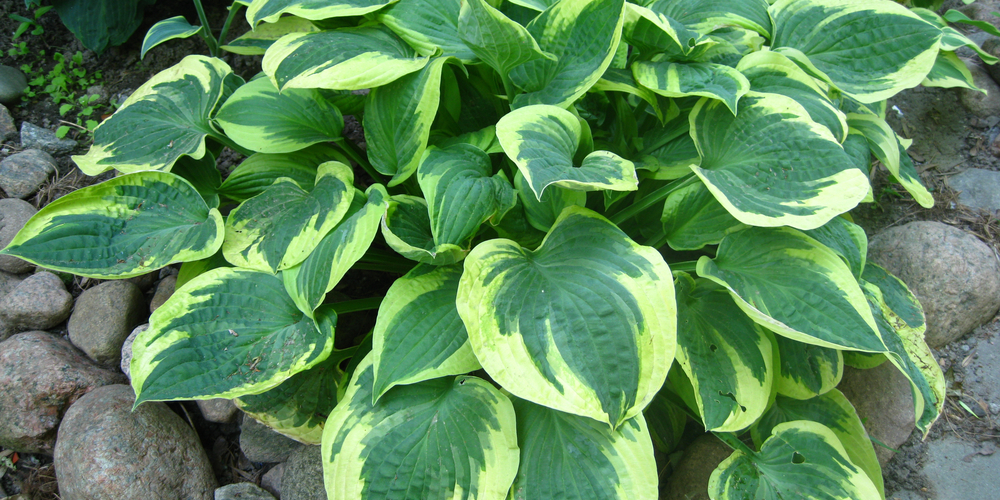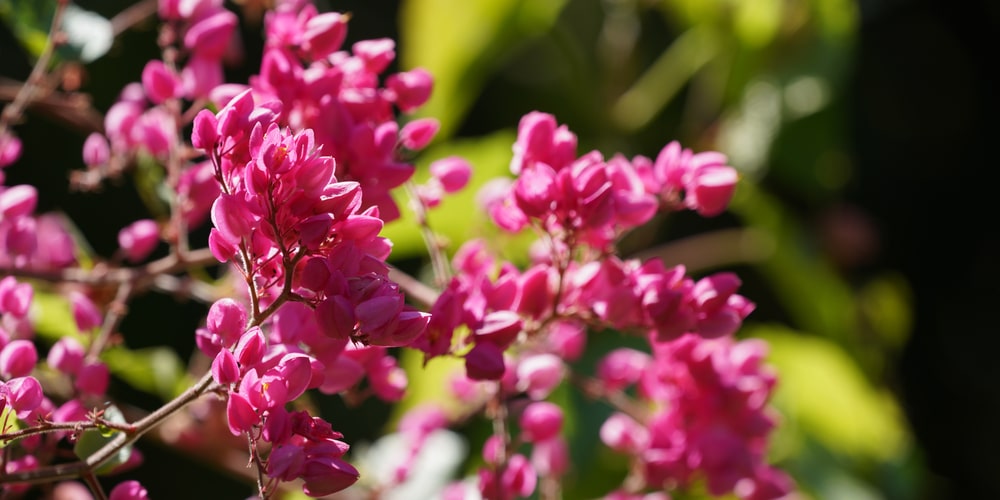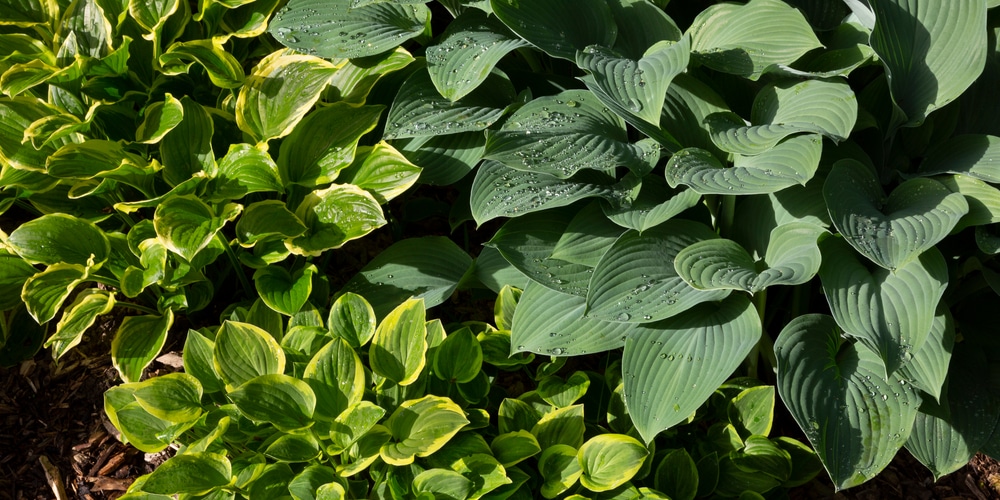Very few plants can beat the combination of coral bells and hostas in a shade garden. If you’re looking for a no-fuss and reliable year-long color, then it’s recommended that you consider adding them into the mix.
Here is a short guide on how to grow hostas and coral bells together.
Can You Plant Coral Bells and Hostas Together?
The answer is a definite yes. Coral bells and hostas are considered the yin and yang in shade gardening, which means one can’t truly be complete without the other.
Also, there’s a lot of growth requirement overlap between these two plant species in terms of light, soil, and maintenance. You’ll find that care for hostas is pretty much the same for coral bells.
Also, they’re both well-behaved and cover their respective spaces with lots and lots of bright-colored foliage. It’s really up to you on how you want your shade garden to look, color-wise, and chances are that there’s a pair (or three or four) that can give you exactly what you need.
The hosta-coral bell combo works not just in aesthetic terms but in growth aspects as well. They’re both easy-going, require little to no maintenance, and are quick to grow and thrive in less-than-optimal soil.
You can rely on hostas and coral bells to show up every year with interesting colors and leaf textures. The perennial plants are versatile and provide color even in the winter season.
Do Hostas and Coral Bells Go Well Together?
Hostas and coral bells can be arranged in a way that they overlap. Hostas are typically taller and serve as focal points in an area, while coral bells provide the underlying foliage and blend in easily with their neighbors.
Both plants can be grown in containers and will happily thrive as if they were on the ground, provided you put them in a shaded location and give them well-drained soil.
Coral bells are generally more versatile as these plants can grow in any light condition, from full sun to full shade. Hostas prefer full shade and typically shrink under direct sunlight.
As for hardiness zones, hostas can be grown in zones 3 through 9 while coral bells thrive in zones 4 through 9. This means those who live in the aforementioned regions will be able to grow their unique combination of coral bells and hostas in their gardens. Or, you can do some research and find hosta and coral bell varieties that can be grown in your zone.
How to Grow Coral Bells and Hostas
Sun Requirements
Coral bells are more tolerant of direct sunlight and can survive where there’s full sun and partial shade, while hostas are best grown where there’s full shade.
When picking a site for your hosta and coral bell combination, it’s better to put them in full shade. The coral bells’ foliage color and texture won’t get diminished and you’ll have satisfied the hostas’ light requirement. Coral bells might grow a bit slower since they’re in the shade, but it evens out with the hostas’ slow-growing habit.
Soil Requirements
Hostas and coral bells both need well-draining soil that can hold a bit of moisture. To this end, you can use a loamy soil mix or a potting mix and amend it with a generous amount of compost and organic matter.
These plants do not like being waterlogged or sitting in water for extended periods. As such, it’s recommended that you don’t use clay soil or compacted earth. The more well-draining and nutrient-rich the soil, the better. If the soil is rich enough then you may not need to fertilize every growing season.
Watering Needs
Coral bells and hostas both rely on water to form foliage and put it out on full display. As a general rule, you should water them when the top inch of the soil is dry to the touch, but don’t wait until the medium has completely dried out. Soil tends to dry out faster on hot days and during the summer season, which means you’ll need to irrigate more frequently.
Coral bells and hostas will also need more water if they’re grown in pots or containers since the soil tends to dry up faster compared to those in the ground.
Related Article: What Plants Go Well With Hostas?



